Resin paperweights are a fun way to mix creativity with something practical. You can turn flowers, shells, or even glitter into a clear design that looks cool on any desk.
To create a resin paperweight, start by mixing clear resin with its hardener as directed. Pour a thin base layer into your mold, then place dried flowers or other items into the partially set resin.
Once the objects are secure, slowly add the rest of the resin to cover them fully, using a heat gun or torch to remove air bubbles. Allow the resin to cure completely—this usually takes 12 to 48 hours.
After curing, remove the paperweight from the mold and smooth any rough edges with sanding for a polished, professional-looking finish.
As you work, you’ll figure out which supplies work best and how to avoid the usual mistakes. You’ll also pick up some creative tricks to make your paperweights pop.
Essential Materials for Resin Paperweights

Using the right supplies makes your resin paperweight smooth and clear. The quality of your resin, molds, and tools really affects the final result.
Types of Resin for Casting
Resiners® 1 gallon/2 gallon Crystal Clear Epoxy Resin with Tailored Diversion Port
Most people use clear casting resin for paperweights. It cures slowly, so bubbles have time to rise and disappear, leaving your piece crystal clear.
This resin is perfect if you want to put flowers, shells, or tiny keepsakes inside. Epoxy resin is another good choice, especially for beginners, since it’s easy to mix and gives a nice finish.
Epoxy can turn yellow in sunlight over time, though. Polyester casting resin hardens faster and feels tougher, but it smells strong, so you’ll need good airflow.
Pick your resin based on what you want to put inside and how much time you need to work. For most hobby projects, clear epoxy or casting resin does the job.
Selecting the Right Paperweight Mold
Your mold shapes the look and finish of your paperweight. Silicone molds are the most popular since they’re flexible and make it easy to pop out the finished piece.
You’ll find molds in dome, sphere, cube, or pyramid shapes. Domes and spheres are classic, while cubes and pyramids are great for layered designs.
If you don’t have a special mold, try soap molds or any sturdy silicone mold. Just make sure it’s deep enough for your resin and the stuff you want to embed.
Look for molds with smooth surfaces to avoid weird marks. If you take care of your mold, you can reuse it many times.
Mixing Cups and Stir Sticks
Mixing your resin right is super important for a clear finish. Use graduated mixing cups with measurements to get the resin and hardener ratio right.
Disposable plastic or silicone cups work great for small batches. For stirring, grab wooden stir sticks or silicone spatulas.
Stir slowly and scrape the sides and bottom. If you mix too fast, you’ll trap bubbles, so take it easy.
Keep extra cups around if you want to try different colors or layers. Only use these tools for resin, since dried resin is tough to clean off.
Mold Release and Safety Gear
A quick spray of mold release helps your paperweight pop out easily and keeps your molds in good shape. Always spray before pouring resin.
Safety matters. Wear nitrile gloves to keep resin off your skin. If you use strong-smelling resins like polyester, put on a respirator mask and open a window.
Clear casting resin and epoxy are safer, but still, make sure you have good ventilation. Keep paper towels and rubbing alcohol close for sticky messes.
Using mold release and safety gear protects you and your workspace while you craft.
Perfect results start with accurate measurements. Master the process by reading: How to Get the Epoxy Resin Mixing Ratio Just Right.
Workspace Preparation and Safety

Set up a clean, organized space before you start. Cover your table with plastic, wax paper, or newspaper to catch drips.
Have paper towels ready for quick cleanup. Good airflow is key, so work near a window or use a fan to move air around.
Always wear protective gear. At the very least, grab:
- Nitrile gloves for your hands
- Safety glasses for your eyes
- Respirator mask if you’re using strong resins
Don’t eat or drink near your workspace. Resin fumes aren’t something you want in your snacks.
Keep your tools sorted. Use separate cups for mixing, sticks for stirring, and silicone molds for pouring.
Here’s a quick table to help you remember the basics:
|
Item |
Purpose |
|
Gloves |
Protects your hands |
|
Respirator Mask |
Reduces fume exposure |
|
Plastic Covering |
Shields your work surface |
|
Mixing Cups |
Holds resin and hardener |
Keeping your molds in top shape makes crafting easier. Learn how by reading our guide, Best Way to Clean Silicone Molds Quickly and Easily.
Step-by-Step Process: How to Make Resin Paperweights
Get your tools ready, mix the resin carefully, and build up layers with patience. The right mold, safe handling, and enough curing time will give you a clear, smooth paperweight.
Preparing the Mold
Resiners® Jigsaw Heart Silicone Mold DIY Craft Kit
Pick a silicone paperweight mold since it’s flexible and makes removing the piece easy. Wash and dry the mold so dust or water doesn’t mess up the finish.
Spray a thin layer of mold release inside to prevent sticking. If you skip this, you might struggle to get your paperweight out.
Think about the size and shape you want. Test the mold with water first, then measure so you know how much resin to mix.
Mixing and Coloring Resin
Use clear casting resin for the best look. Measure equal parts of resin and hardener in separate mixing cups before combining.
Follow the product instructions, since ratios can change by brand. Pour both parts into a clean cup and stir slowly for about three minutes.
Don’t rush—fast mixing traps bubbles. Scrape the sides and bottom as you go to blend everything well.
If you want color, add mica powder, alcohol ink, or resin dye. Start with a little and mix well. Transparent tints let you see what’s inside, while opaque colors make a solid background.
Layering and Embedding Objects
Pour a thin layer of resin into the mold first. This base helps hold your design in place.
Let it sit for a few minutes so bubbles float up. Add small items like dried flowers, shells, or photos—make sure they’re dry and non-porous, or the resin might not cure right.
Press them gently into the resin so they don’t float. Pour more resin over the objects until the mold is almost full.
If you want depth, build up several thin layers instead of one thick one. This keeps the resin from overheating and cracking.
Curing and Demolding
Put the filled mold on a flat surface. Cover it with a box or container to keep dust away while it cures.
Most resins need 24–48 hours to harden, but check your brand’s instructions. Don’t move the mold during this time—bumps or shakes can mess up your paperweight.
If bubbles pop up, use a heat gun or lighter a few inches above the resin to pop them. Once the resin’s hard, gently peel the mold away.
If it sticks, flex the mold sides instead of pulling hard. After you get it out, sand the edges or polish the surface to make it shine.
Want to cut down on waiting time? Discover smart tricks in How to Make Resin Dry Faster: 10 Proven Tips.
Creative Ideas for Resin Paperweights
Give your paperweights personality by adding small objects, playing with colors, or turning them into keepsakes. Each choice changes the look and feel in a big way.
Using Inclusions and Embeds
Putting objects inside the resin makes your paperweights unique. You can use dried flowers, seashells, coins, or tiny charms.
These things stay preserved and look cool inside the clear resin. For a natural vibe, use pressed leaves or little stones.
If you like fun designs, add glitter, beads, or mini toys. Just make sure everything’s clean and dry first.
Pour resin in layers for best results. Place your object in the first layer, let it set a bit, then pour more resin on top. This keeps stuff from floating around.
Color Techniques and Effects
Color can turn a plain paperweight into something eye-catching. Try mica powder, alcohol ink, or resin dye for different effects.
Swirl two or three colors for a marble look. Want bold? Layer solid colors and let each one cure before adding the next.
For a softer style, mix in a little white pigment to get a cloudy or galaxy feel. Glitter and metallic flakes add sparkle too—you can mix them into the resin or sprinkle them between layers.
Test small pours first to see how colors blend before making a full piece.
Personalized Gift Ideas
Resin paperweights make great gifts. Add a small photo, a note, or even a kid’s drawing sealed in resin for a keepsake.
For special moments, embed things like wedding confetti, travel souvenirs, or a tiny charm. These details turn a simple project into a lasting memory.
You can also use letter beads, vinyl cutouts, or printed words to personalize your paperweight. It’s a fun way to make gifts for birthdays, holidays, or just because.
Adding bold colors can take your projects to the next level. For creative ideas, check out our article, Coloring Resin: Techniques for Vibrant DIY Crafts.
Finishing and Polishing Your Paperweight
After your resin paperweight cures, clean up the edges, smooth the surface, and polish it for a clear shine. These finishing touches make your piece look ready to gift or use on your own desk.
Trimming and Sanding Edges
When you pull your resin paperweight out of the mold, you’ll probably see thin ridges or sharp edges. These are called flash lines, and they show up where resin sneaks into tiny gaps.
Grab a craft knife or a small utility blade and carefully trim away the extra bits. Go slow and only cut off what sticks out.
To get smoother edges, use wet/dry sandpaper. Start with a medium grit like 400, then move up to finer grits—maybe 800 or even 1000.
Wet sanding keeps the dust down and stops deep scratches from getting worse. If you want rounded edges, sand in little circles and keep the area wet.
Rinse your piece between grits so you don’t drag rough particles across smoother sandpaper. It’s a little thing, but it makes your clear resin look way more polished in the end.
Polishing for a Crystal Clear Finish
After sanding, resin often looks cloudy. To bring back the shine, polish the surface with a plastic polish or resin compound.
Put a dab on a soft microfiber cloth and buff in small circles. If you stopped sanding at 1000 grit, you can go up to 2000 or 3000 grit first for an even smoother finish.
The smoother the surface, the easier it is to get that glassy look. For bigger or domed paperweights, try a rotary tool with a buffing pad.
Keep the speed low—too much heat can mess up the resin. Wipe with a clean cloth after polishing and check for any spots you missed.
Adding Felt Pads or Bases
Resin paperweights can scratch desks or slide around if you leave them bare. Adding a base protects surfaces and gives your piece a finished touch.
Cut small felt pads or adhesive cork circles and stick them to the bottom. For heavy paperweights, use a full sheet of felt trimmed to fit.
Pick neutral colors like black, gray, or beige for a simple look, or match the felt to the colors inside your resin. This step makes your paperweight more practical for everyday use.
Troubleshooting Common Issues
Working with resin is fun, but it’s not always easy. Problems like bubbles, sticky surfaces, or molds that won’t let go can mess up your paperweight.
If you learn to spot and fix these issues, you’ll save your project—and your sanity.
Preventing and Removing Bubbles
Bubbles pop up if you mix resin and hardener too fast. Stir slowly and scrape the sides of the cup as you go.
Let the mixture sit for a few minutes before pouring so air can float up and out. Pour resin into the mold in a thin stream to push out air instead of trapping it.
If you’re adding objects, coat them with a thin layer of resin first. That helps stop air pockets from sticking to them.
You can use a heat gun or small torch to pop bubbles on the surface. If you want to play it safe, use a toothpick or pin to poke small bubbles near the edges.
Dealing with Sticky or Uncured Resin
Sticky resin usually means you didn’t measure or mix it right. Always use the ratio the manufacturer recommends, and mix for at least 3 to 5 minutes, scraping the bottom and sides.
If your resin is just a little tacky, sanding the top layer and adding a thin new coat can fix it. Make sure you mix the new layer well before pouring.
If the resin stays soft or gummy, you’ll probably need to scrape it out and start over. Use a paper towel with isopropyl alcohol to clean the mold, then try again with careful measurements.
Fixing Mold Release Problems
Sometimes resin sticks to the mold and won’t come out. This usually happens if you skip mold release spray or use a damaged mold.
Always spray a thin, even layer of mold release before pouring resin, especially with hard molds. If your piece gets stuck, put the mold in the freezer for 10 to 15 minutes.
The cold helps the resin shrink a bit so it pops out easier. Don’t yank too hard—silicone molds can tear and your project might crack.
Check your molds for scratches or leftover resin before using them again. Wash with mild soap and water, then dry them completely.
Keeping your molds in top shape makes crafting easier. Learn how by reading our guide: Best Way to Clean Silicone Molds Quickly and Easily.
Final Thoughts
Making resin paperweights is a fun craft that combines creativity with practicality. By layering resin and embedding items like flowers, shells, or glitter, you can design a piece that feels personal and unique.
The curing process takes patience, but the final result is worth the wait—smooth, shiny, and ready to brighten up any desk or shelf. Whether you’re crafting a gift or making something just for yourself, resin paperweights are a simple way to turn everyday objects into lasting keepsakes.
So grab your resin kit, pick a mold, and start creating your very own custom paperweight today!
If you’re just starting out, the basics matter most. Get the essentials in Resin Casting Basics: Everything Newbies Need To Know.
Frequently Asked Questions
What materials do I need to start crafting my own resin paperweights?
You’ll need resin and hardener, a silicone mold, mixing cups, and stir sticks. Gloves, a respirator, and a flat workspace keep things safe.
Decorate with glitter, dried flowers, photos, or small trinkets if you want.
Can you guide me through the process of sealing paper for inclusion in a resin paperweight?
Seal paper with a clear-drying glue or decoupage medium before adding it to resin. This stops the paper from soaking up resin and turning see-through.
Let the paper dry completely before you put it in the mold.
What are some creative ideas for designing unique resin paperweights?
Try pressing flowers, shells, or stones into your resin for a natural vibe. Metallic flakes, glitter, or colored pigments can make things pop.
Little keepsakes like charms, keys, or coins are fun to embed, too.
Could you explain the difference between epoxy resin and clear polyester casting resin for paperweights?
Epoxy resin is easier to use, doesn’t smell as much, and works well for beginners. Clear polyester casting resin cures harder and can look super clear, but the fumes are stronger.
Both work fine, so just pick what you feel comfortable with and what fits your project.
How do I safely use molds when creating resin paperweights?
Make sure your mold is clean and dry before you pour resin in. Set it on a flat surface so the resin levels out.
When it’s cured, gently flex the mold to pop out your paperweight. Don’t rush it—patience pays off here.
What are the common items to avoid embedding in resin for paperweights?
Don’t use fresh flowers or plants. They’ll rot inside the resin, and nobody wants that.
Skip items with moisture, like food or fruit. Those just don’t work out.
Porous stuff, like untreated paper or fabric, can make bubbles or weird stains. It’s better to avoid those, too.

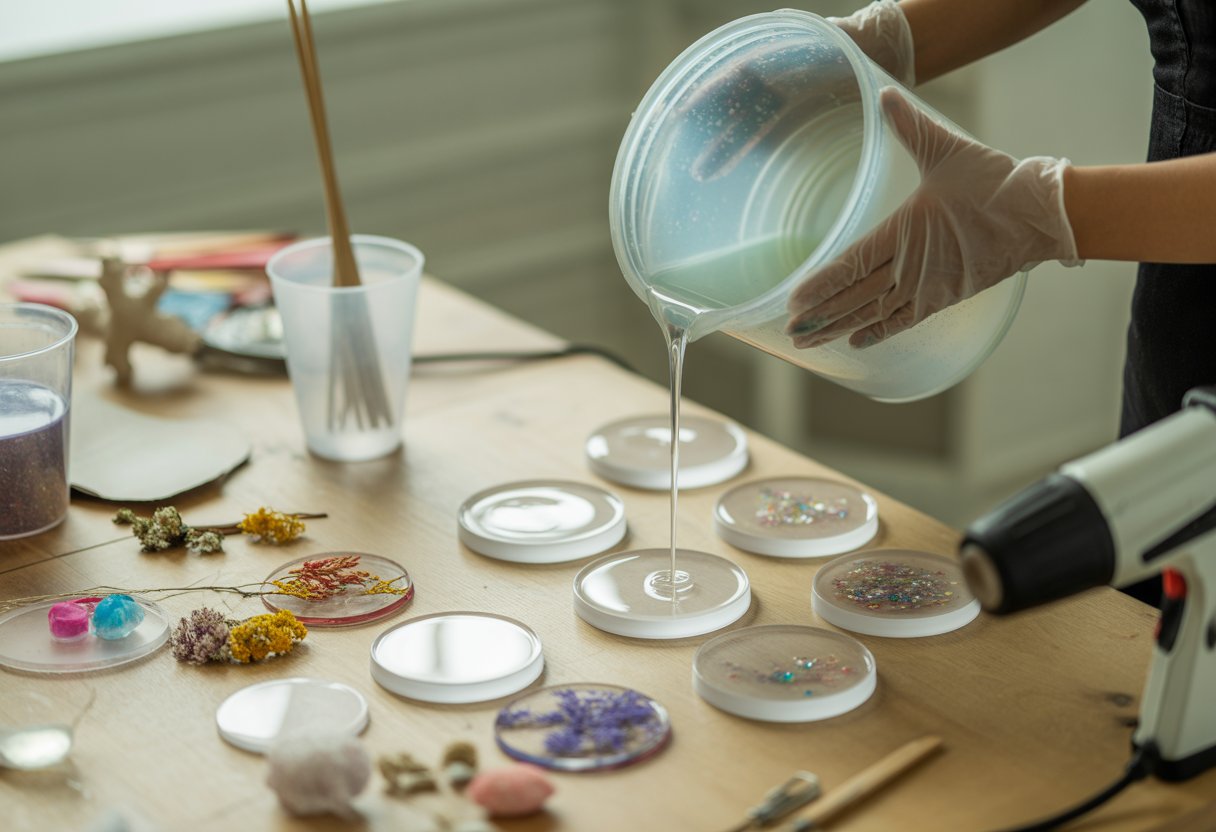


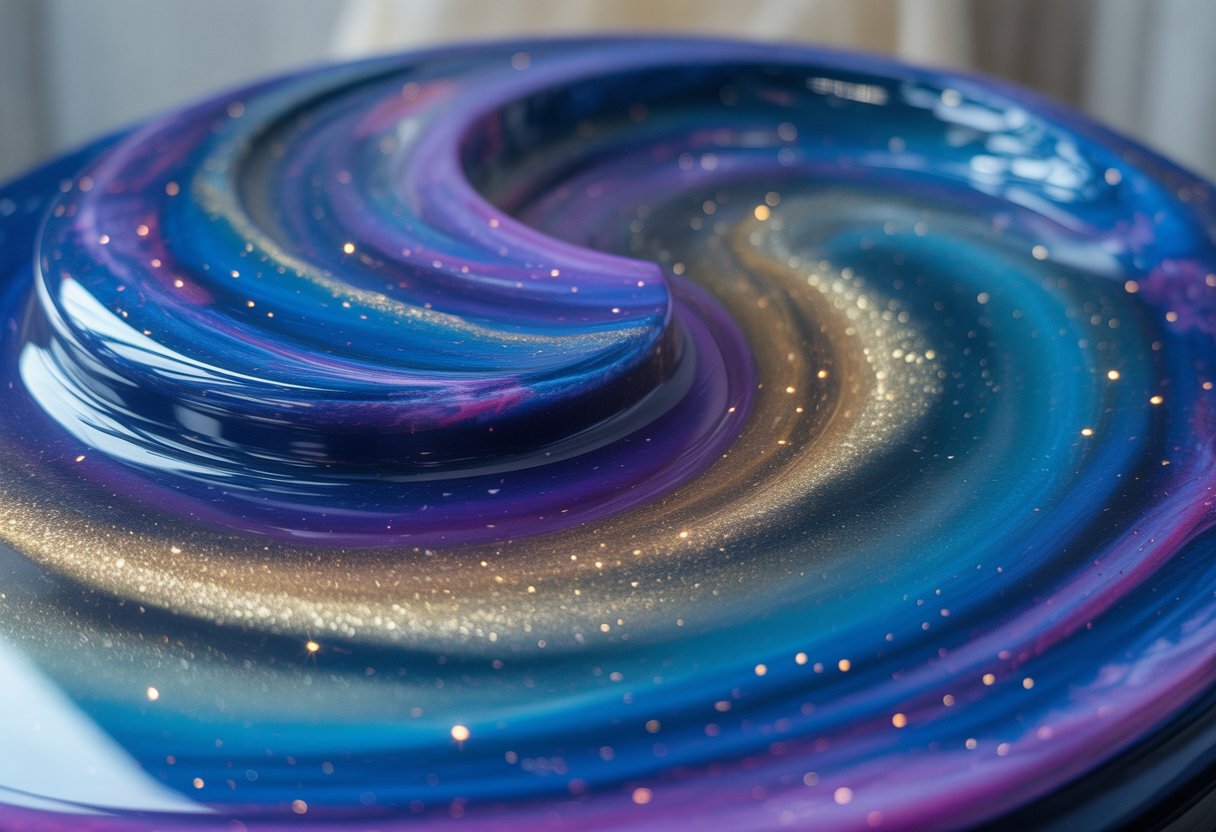

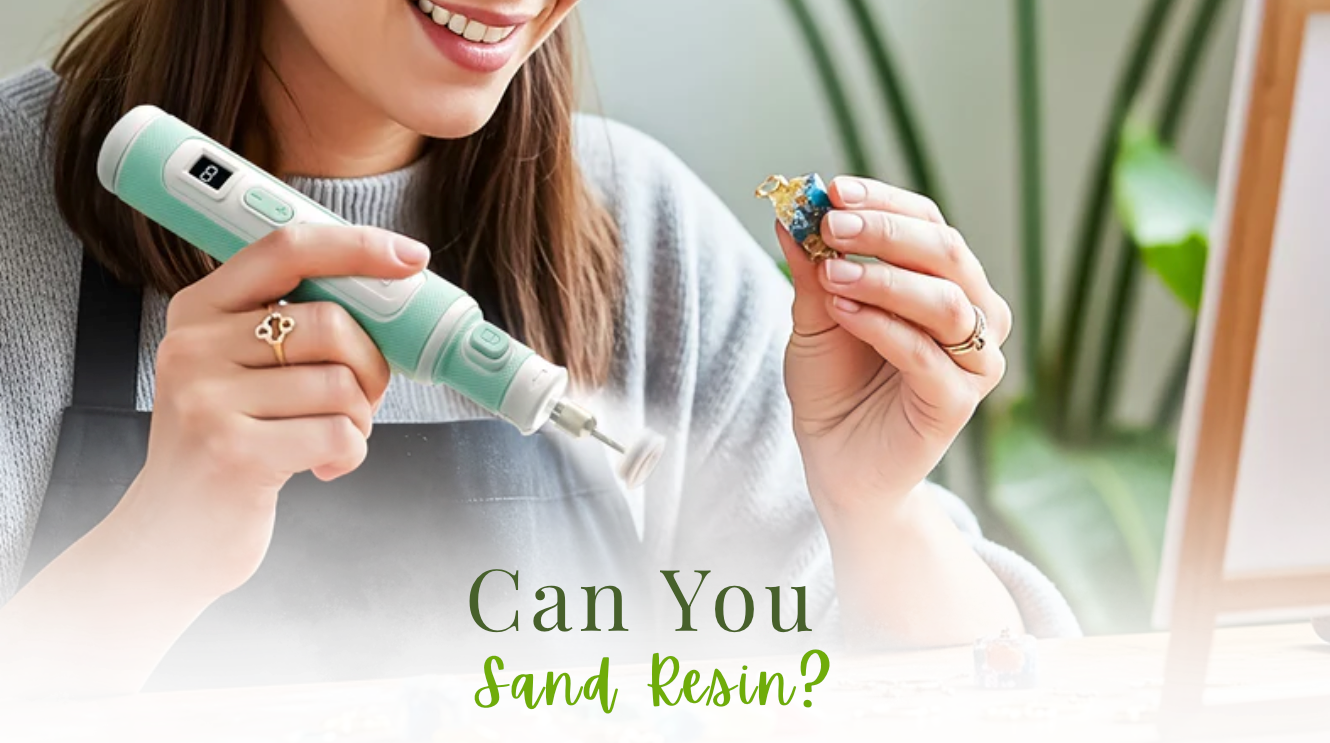
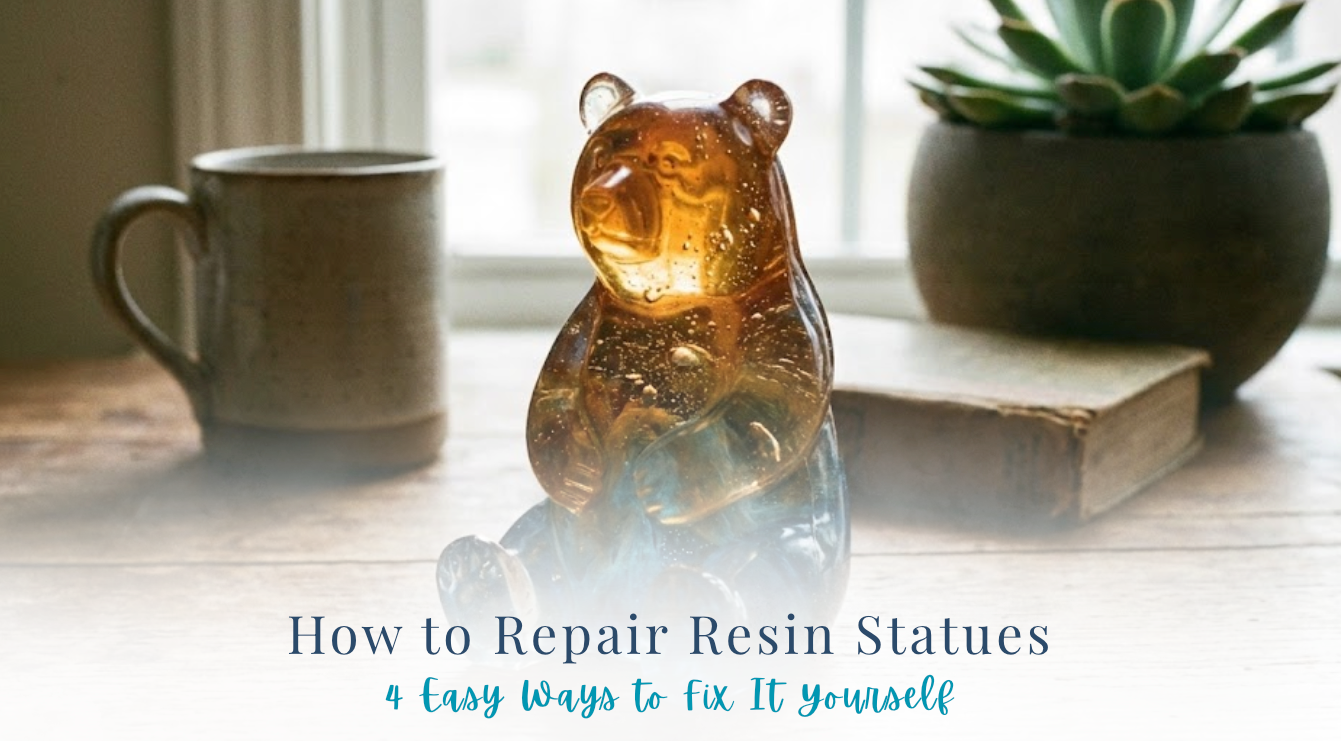

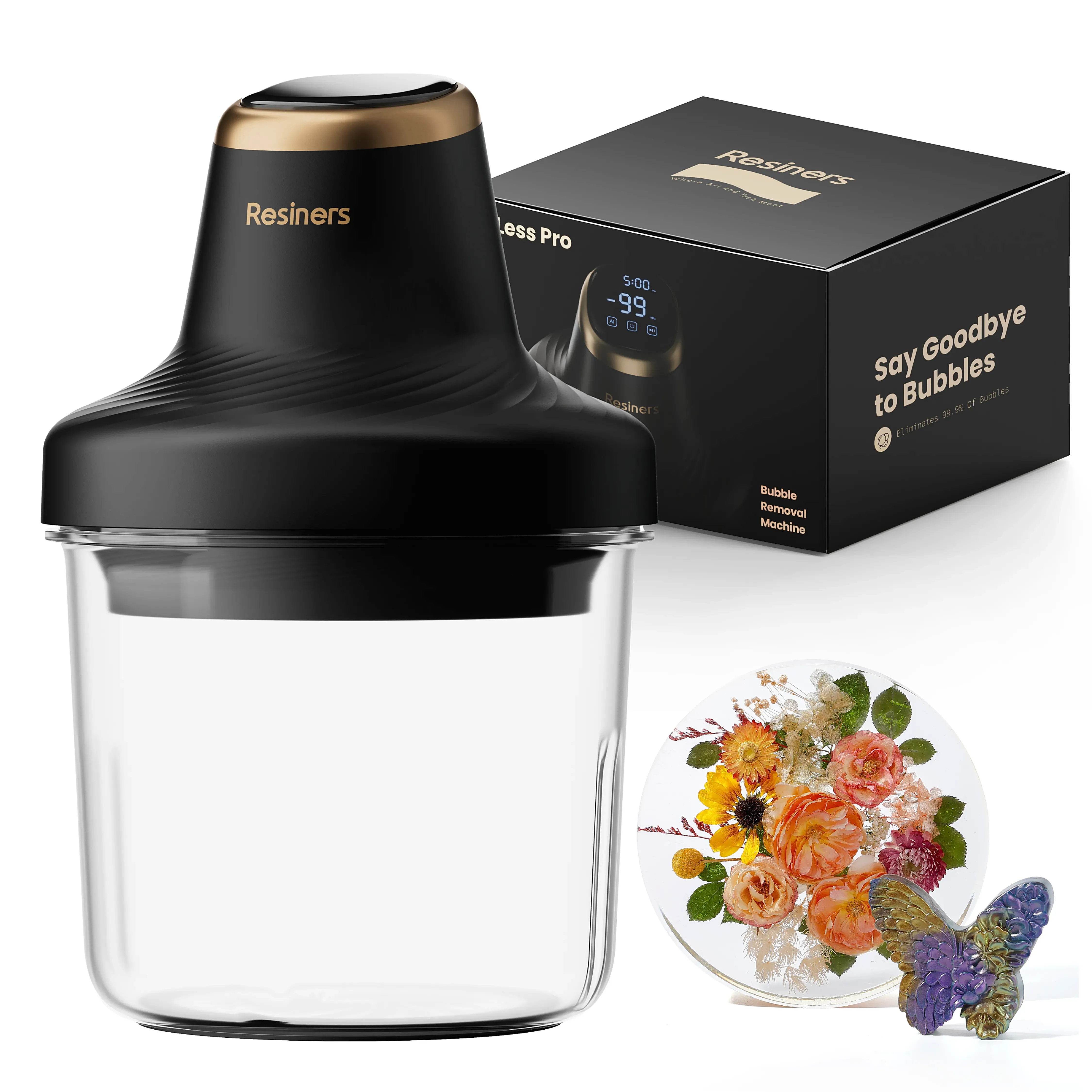
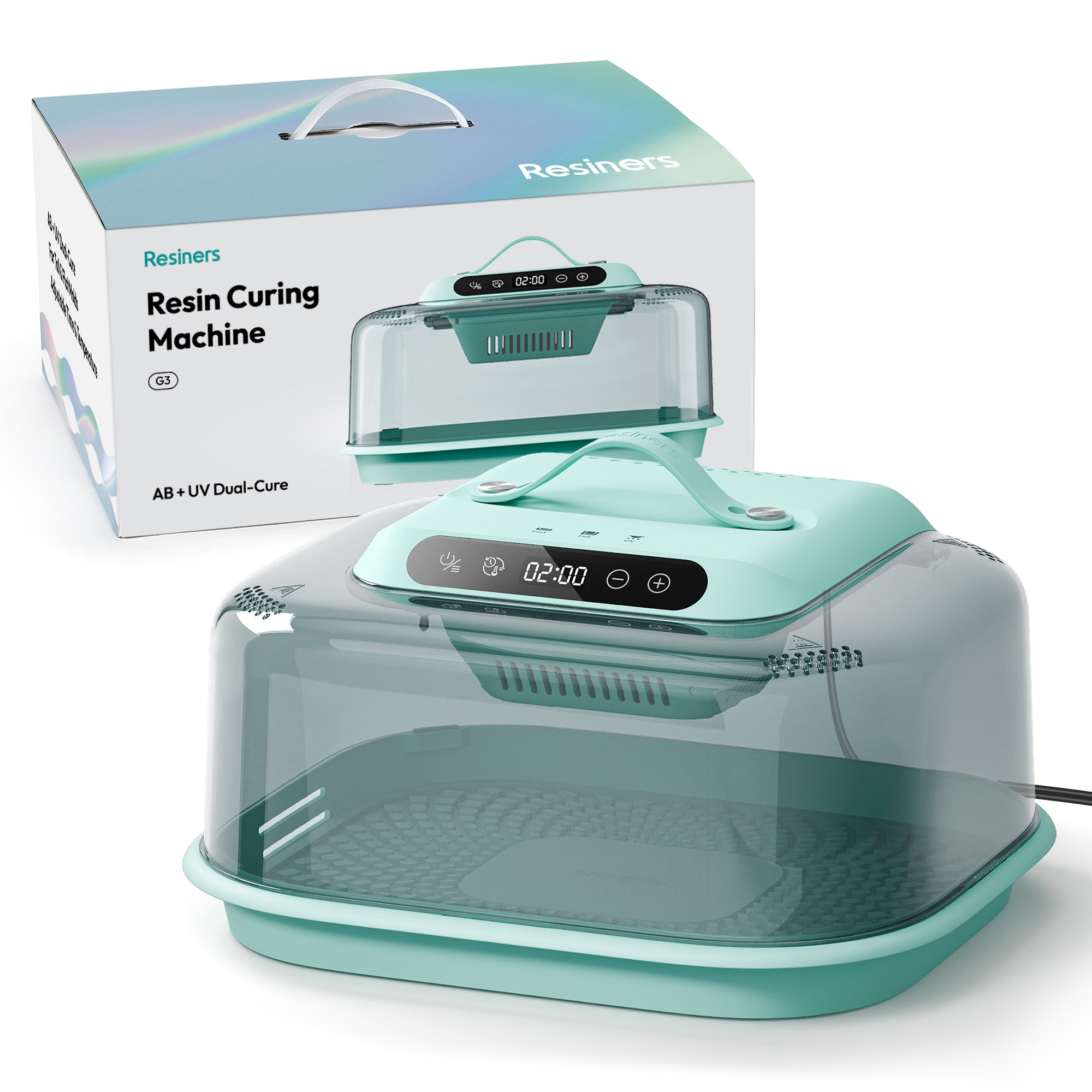
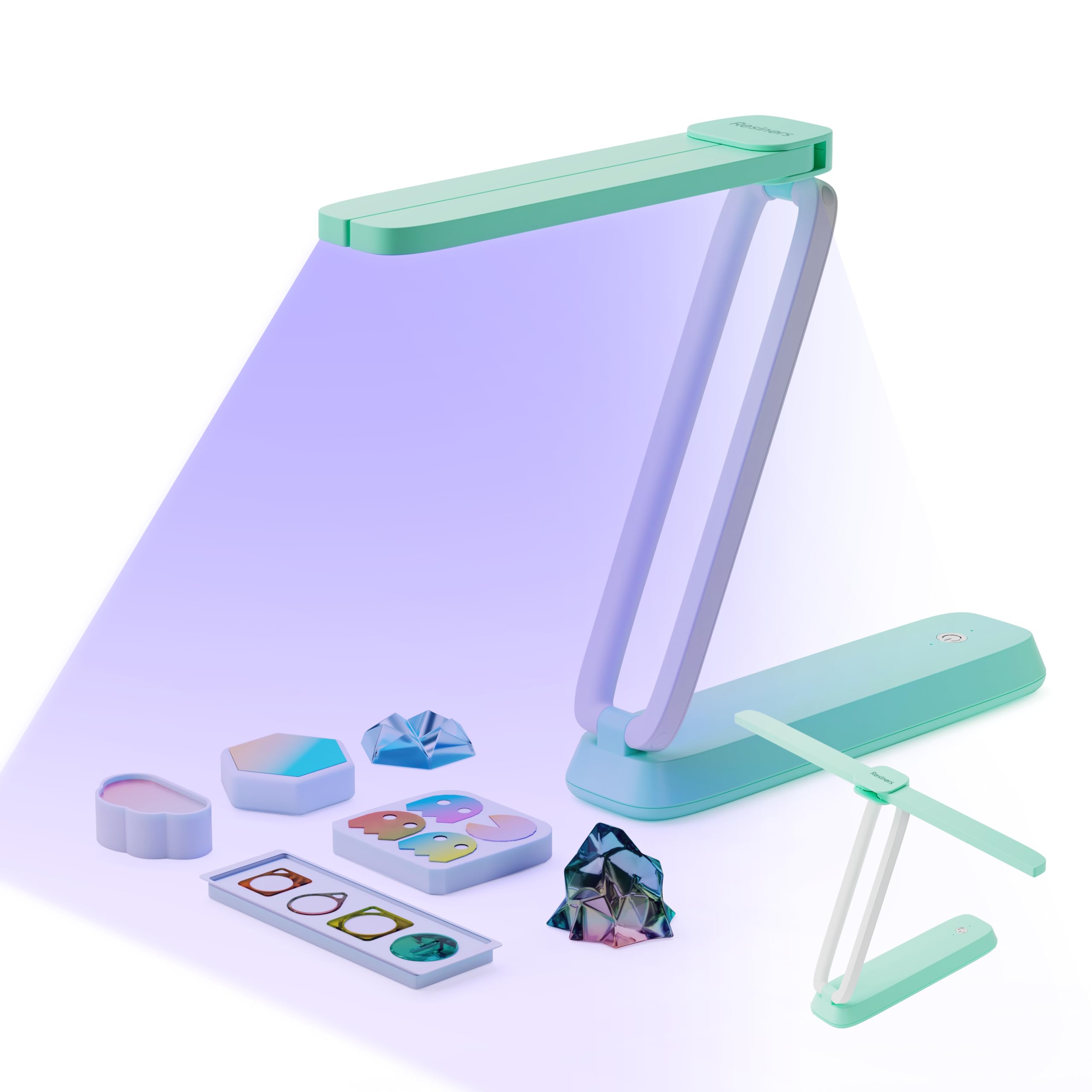

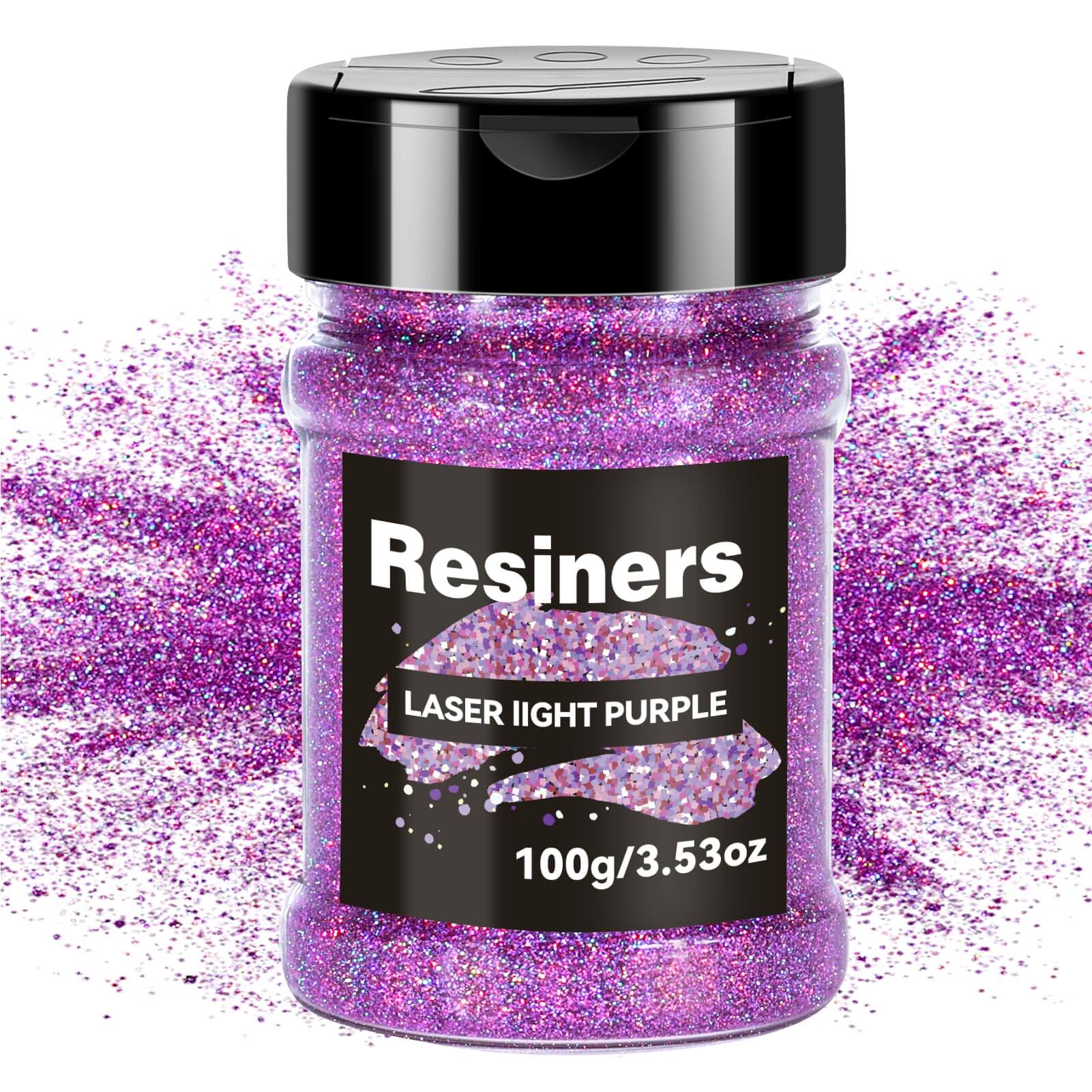
اترك تعليقًا
This site is protected by hCaptcha and the hCaptcha Privacy Policy and Terms of Service apply.